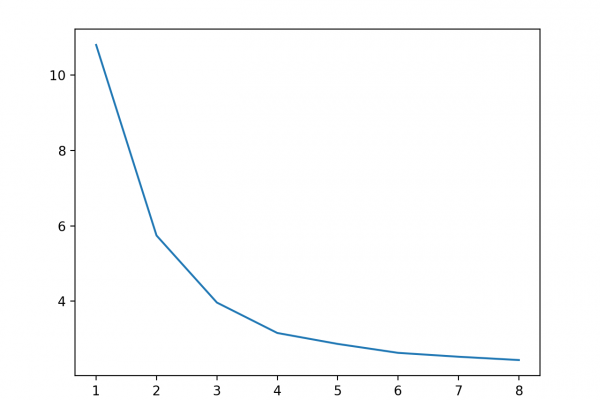Multi-Core Machine Learning in Python With Scikit-Learn

Many computationally expensive tasks for machine learning can be made parallel by splitting the work across multiple CPU cores, referred to as multi-core processing.
Common machine learning tasks that can be made parallel include training models like ensembles of decision trees, evaluating models using resampling procedures like k-fold cross-validation, and tuning model hyperparameters, such as grid and random search.
Using multiple cores for common machine learning tasks can dramatically decrease the execution time as a factor of the number of cores available on your system. A common laptop and desktop computer may have 2, 4, or 8 cores. Larger server systems may have 32, 64, or more cores available, allowing machine learning tasks that take hours to be completed in minutes.
In this tutorial, you will discover how to configure scikit-learn for multi-core machine learning.
After completing this tutorial, you will know:
- How to train machine learning models using multiple cores.
- How to make the evaluation of machine learning models parallel.
- How to use multiple cores to tune machine learning model hyperparameters.
Let’s get started.
